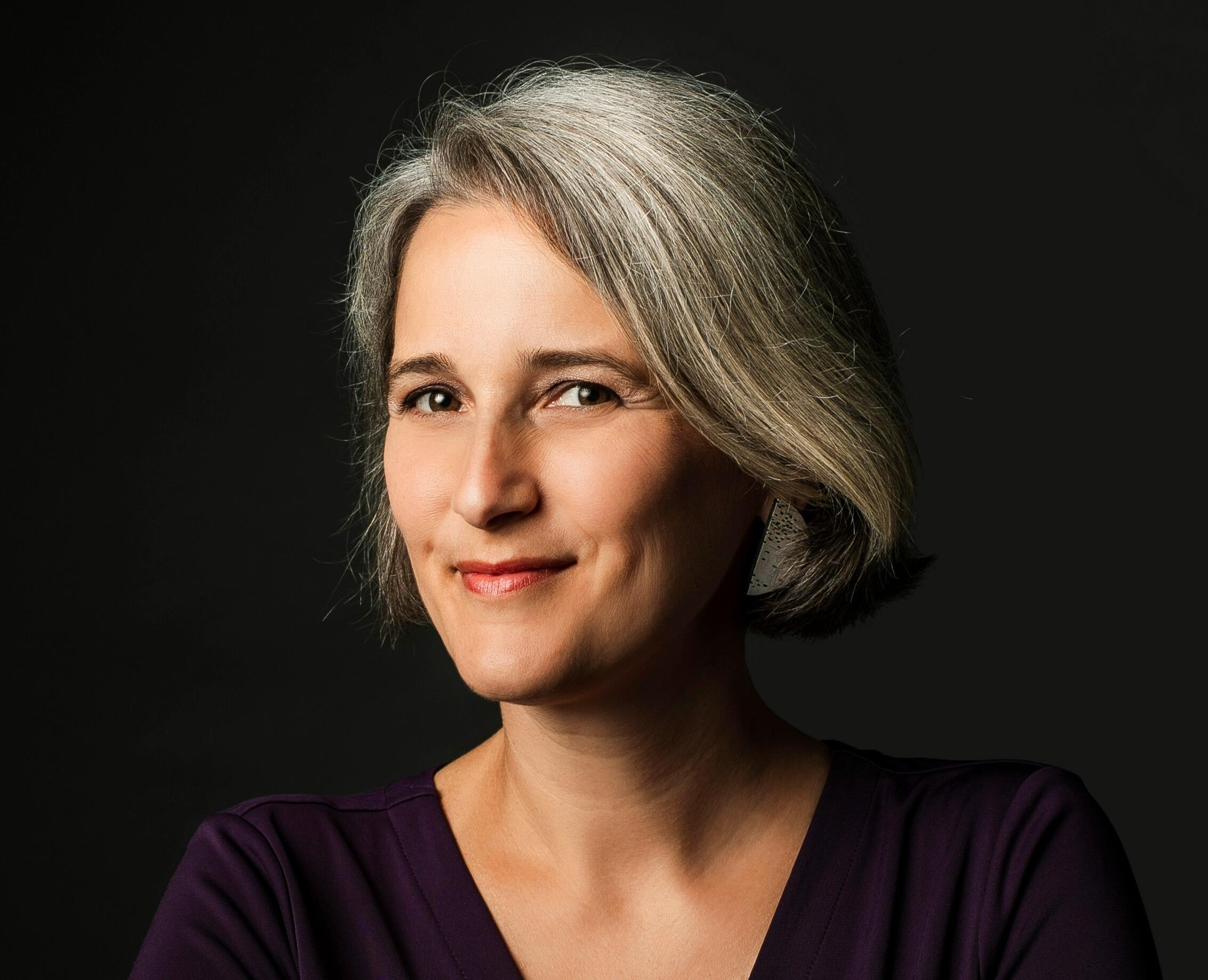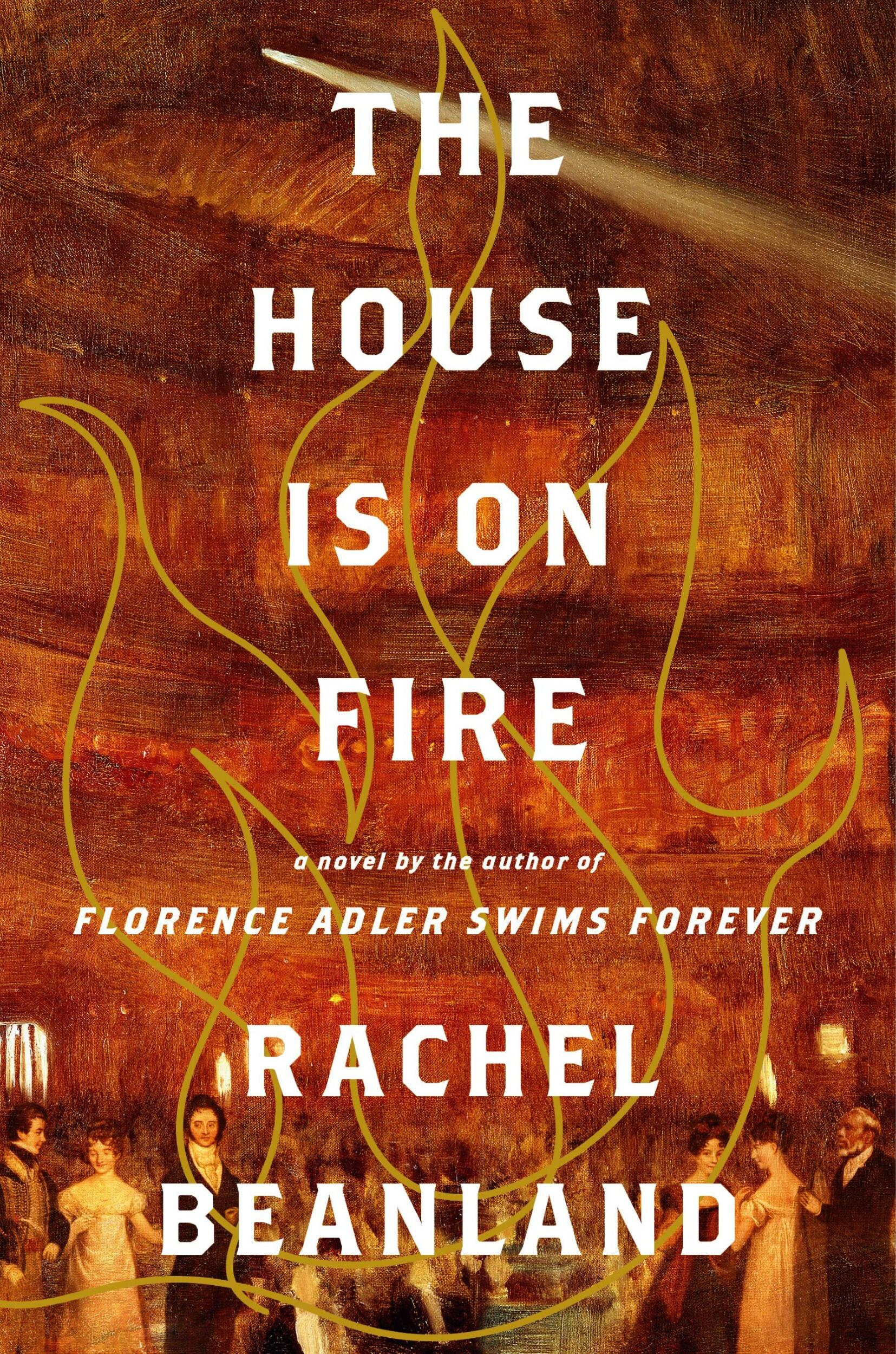
April 5, 2023
VCU alum Rachel Beanland, author of ‘Florence Adler Swims Forever,’ releases a new novel about the deadly fire in 1811 at the Richmond Theater
Share this story
Author and Virginia Commonwealth University alum Rachel Beanland learned about the deadly December 26, 1811, fire at the Richmond Theater on her first day in Richmond in April 2007. A realtor was driving her down Broad Street on the way to Church Hill and pointed to Monumental Church, which sits on the site of the former theater.
“The realtor told me that there had been a theater on that spot, but that it had burned to the ground, killing 72 people. I was fascinated,” said Beanland, who has a Master of Fine Arts in creative writing from the Department of English at the VCU College of Humanities and Sciences. “Over the years, I would hear things about the fire and my ears would perk up. It always struck me as such a compelling story.”
Fast forward to 2020. Beanland’s novel, “Florence Adler Swims Forever,” had been released, and the nation was in lockdown. Beanland was beginning her second novel but realized it was going to require a great deal of travel. She was concerned about the length of the lockdown and when she could conduct her research. So, she pivoted.
“I asked myself whether there was a story I could write about that was set in my own backyard, and I immediately thought of the Richmond Theater fire. The rest is history,” said Beanland, whose second novel “The House is on Fire” (Simon & Schuster) was released on April 4.
For about four months during the summer of 2020, Beanland read everything she could about the fire. One of her references was Meredith Henne Baker’s nonfiction book, “The Richmond Theater Fire: Early America’s First Great Disaster.”
“It was a helpful primer,” Beanland said.
From there, she went looking for original sources that documented both what had happened in the theater and people’s reactions.
“A lot of the archives stayed open, and I was able to mask up and go into the Library of Virginia and the Virginia Museum of History and Culture. I could get what I needed,” she said.
Combining history with fiction
Writing her second novel was more challenging than her first, Beanland said.
“The first book was based on a true story, but I had to invent a lot. With this book, there was a good historical record about the fire. I wanted to stay as true to the story as I possibly could and then invent characters’ lives when I didn’t have a story to fall back on,” she said.
When Beanland felt she had a good background on the fire and early 19th-century life in Richmond, she began to write.

“At some point, you’ve got to stop researching and start writing. Or at least start doing the two things simultaneously,” she said.
Beanland’s first book was written in multiple points of view but from within the same family, she said. But her new book focuses on four main characters — Sally, Cecily, Gilbert and Jack — who are not as closely related.
“I knew the fire had affected a cross section of Richmond. There were 600 people in the theater that night, and not all were wealthy or white,” she said. “I wanted to make sure the characters in the book reflected that reality.”
The character Sally was based on the real Sally Henry Campbell, who was the daughter of Patrick Henry and was likely in an opera box on the night of the fire. She reportedly married the man who rescued her.
Gilbert Hunt is another character who had a real-life counterpart. Hunt was an enslaved blacksmith who saved the lives of 12 women.
“He was not at the theater. But he rushed to the scene and caught the women who were jumping out of windows. His story was interesting to me,” Beanland said.
Beanland was also interested in the fact that some historians believe there may have been one or two enslaved people who faked their own deaths to escape slavery. This inspired the story of Cecily.
“The gallery where free and enslaved Black people sat had its own entrance and was easier to escape than the boxes, so it’s led to a lot of intriguing hypotheses over the years,” she said.
The last of Beanland’s four characters, Jack, is based on an unnamed stagehand who was documented in the fire’s inquest report as having had a hand in setting the fire.
“The theater company was made up of scoundrels, and I wanted one character who would give me a good look at what was happening backstage,” she said. “In many ways Jack was the hardest character to write. I went back and forth on his backstory, trying to get to a place where I could write a compelling character who both wants to be a part of this acting troupe and also sees the actors for who they really are. ”
Beanland followed her gut when it came to deciding which characters and stories drew her in, she said.
“You carry these characters in your head 24 hours a day — in the shower, when you walk the dog, in your quiet moments — so they had to be people I wanted to spend a lot of time with.”
Shining a light on Monumental Church
Beanland has always been surprised at the number of Richmonders who don’t know the story of the fire.
“It’s one of those stories that some people know really well and others don’t know at all,” she said, noting that she hopes the book’s release will bring the story to a wider, national audience.
“When you hear the facts for the first time, it’s pretty jaw-dropping stuff.”
Beanland would also like the book to shine a light on the work Historic Richmond is doing to protect and preserve Monumental Church, which sits next to several VCU buildings on the health sciences campus on East Broad Street. “The church was designed by Robert Mills as a monument to the deceased, and the remains of the 72 people who died in the fire are buried in a crypt under the church. It’s a significant historic site for so many reasons.”
Beanland will spend the next several weeks on her book tour, and then it will be onto the next project.
“When the book becomes a physical object that readers can have their own experience with, it’s time for me to go back to my computer, where another Word document awaits.”
Subscribe to VCU News
Subscribe to VCU News at newsletter.vcu.edu and receive a selection of stories, videos, photos, news clips and event listings in your inbox.







